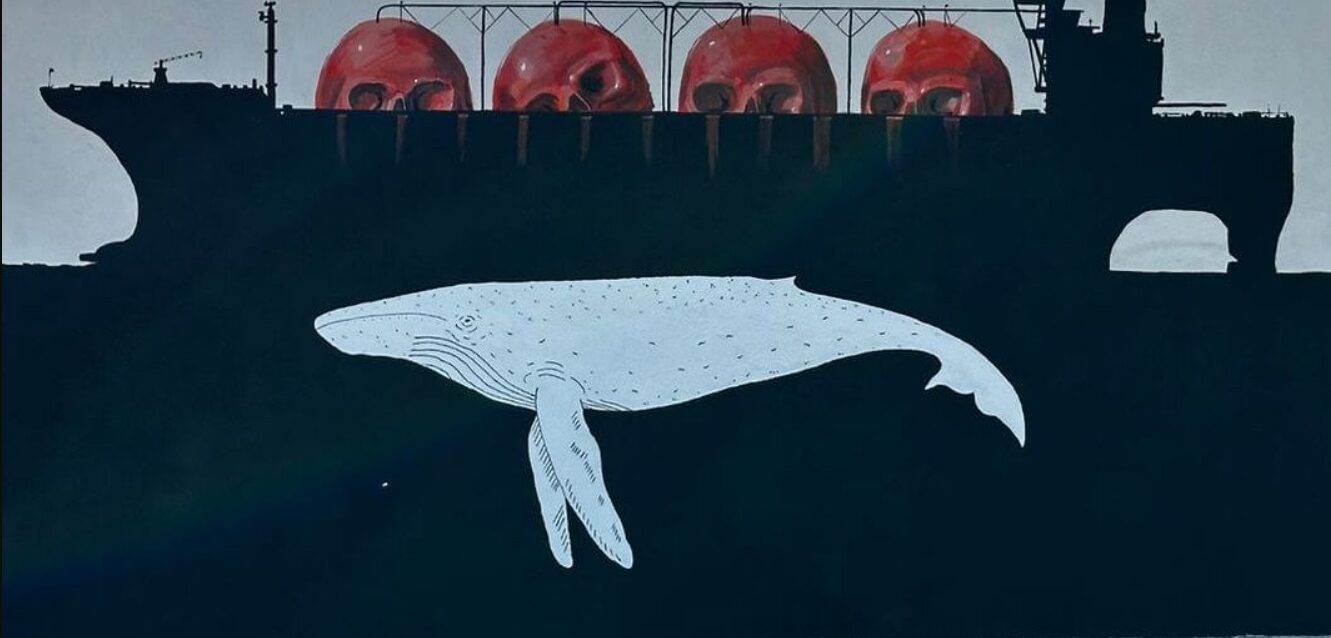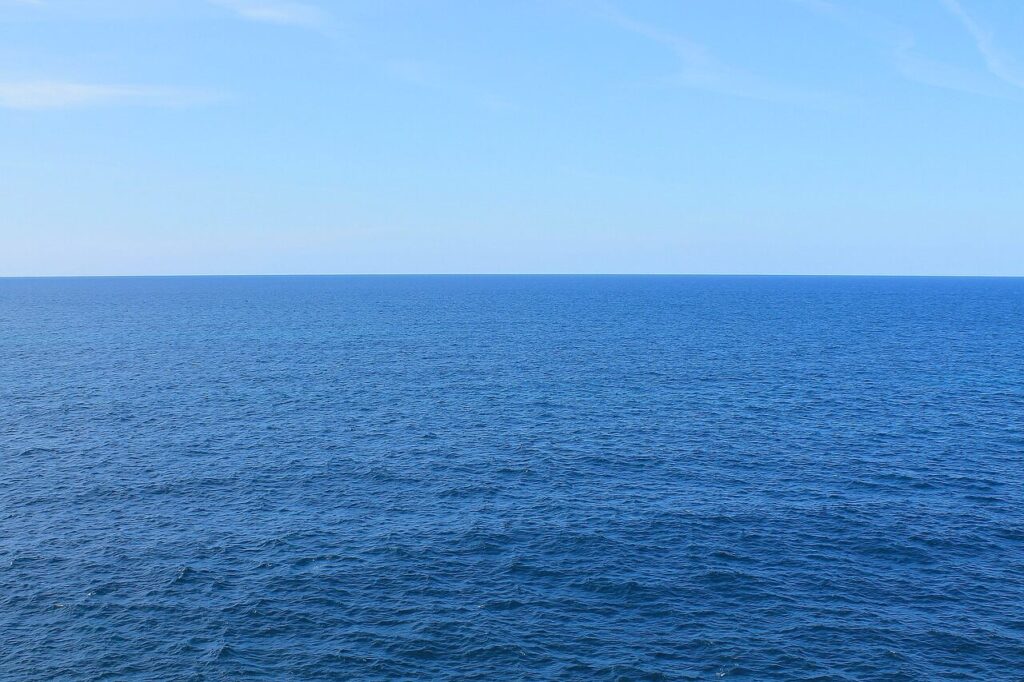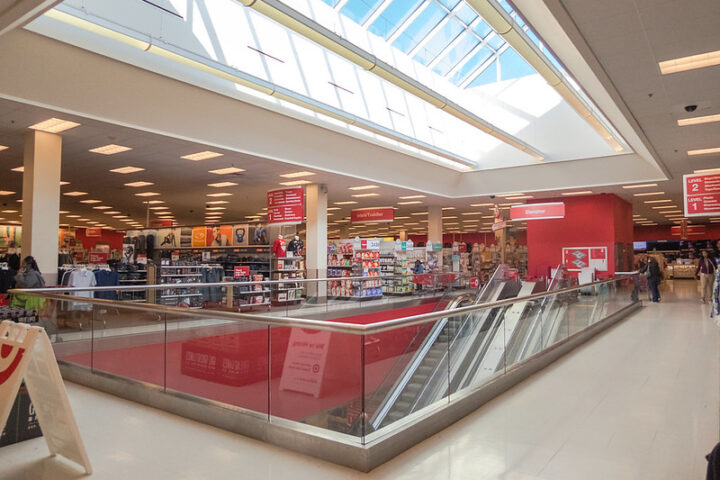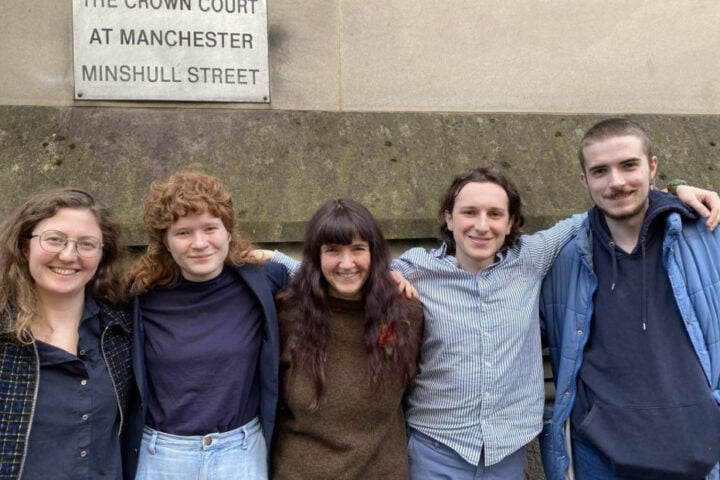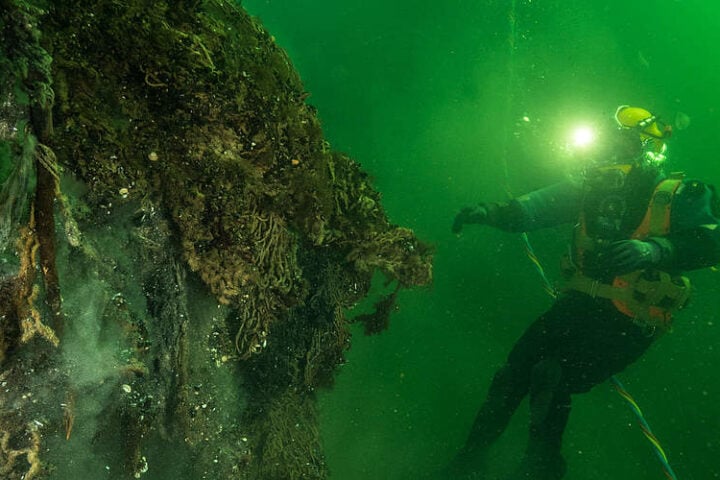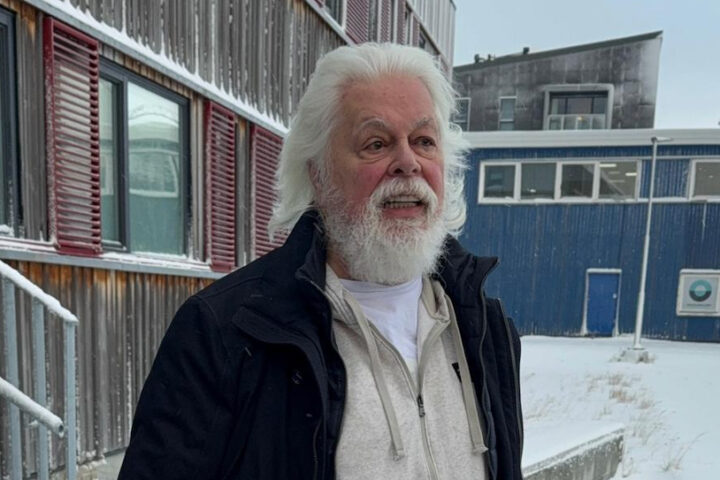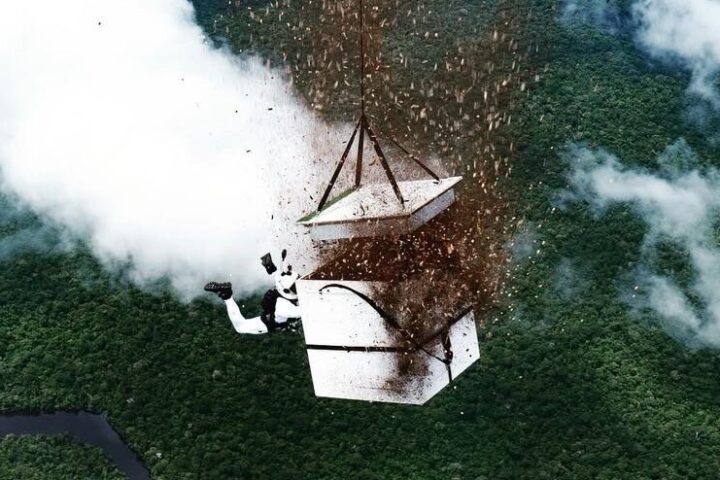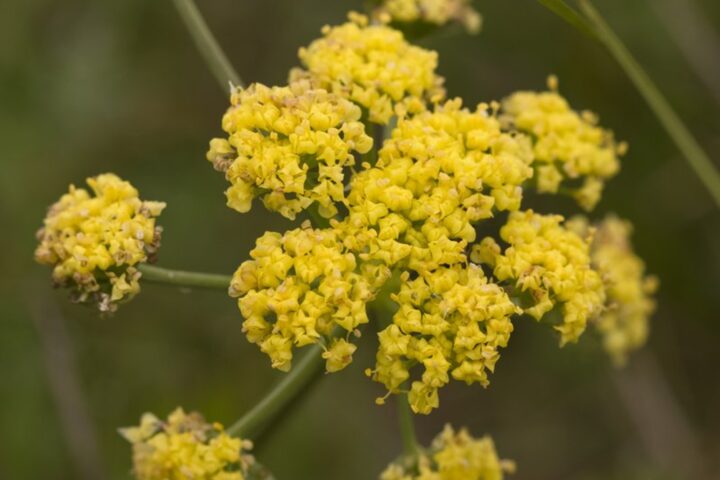The Gulf of California is one of the most biodiverse marine areas on the planet, which is why it is called the Aquarium of the World. A mega project called “Saguaro Energy” could end this sanctuary for whales and thousands of other species, with the sole purpose of exporting liquefied petroleum gas.
The campaign called Ballenas o Gas was formed to defend the whales in the Gulf of California against the “Saguaro Energy” megaproject for gas extraction. The gas pipeline would originate in Texas, USA, and cross Mexican territory through the northern states of Chihuahua and Sonora.
The liquefied natural gas export project, owned by the company Mexico Pacific, not only threatens the integrity of marine ecosystems but also puts at risk the livelihoods of marine life and the pollution caused by the technique of extraction, according to the Ballenasogas campaign.
Similar Posts
Key Facts
These waters are the permanent habitat of 20 species of Mexico’s marine mammals, so there are particular concerns about the displacement and death of whales and dolphins.
The project includes the construction of the “Sierra Madre” gas pipeline, which with its 800 kilometers would cross northwest Mexico – starting from Texas, USA, and passing through the states of Chihuahua and Sonora, in Mexico – to the Gulf of California, where a 1500 acres gas liquefaction facility called “Saguaro Energy” would be installed in the community of Puerto Libertad, Sonora.
The organization mentions that this project will have an annual departure of huge ships around 300 meters long. The loading capacity of 2.8 billion cubic feet of liquefied natural gas will start when it begins operations in 2027. The purpose is to export the gas extracted to Asian markets.
The Gulf of California biodynamics is home to 900 species of fish, one-third of the world’s marine mammals, 4,500 species of marine invertebrates,181 species of seabirds, and 6 species of sea turtles.
The main whale species that inhabit the region are the tropical fin whale, the common fin whale, the blue whale, the humpback whale, and the gray whale, cetaceans that have calving, resting, and breeding areas in the Gulf of California that would be seriously affected by the megaproject.
Project Details and Environmental Impact
Claudia Campero, coordinator of Linkage at Conexiones Climáticas, explained that the gas intended to be transported 800 KM mega-pipe from Texas, crossing Sinaloa and Sonora, would arrive at the Puerto Libertad plant only to be transformed from its natural state to a liquid state, to facilitate its shipment to Asia, which would not leave greater benefits for Mexico.
According to the research done by the coalition program 39% of the world’s marine mammals and a third of the cetaceans live in the Gulf of California, precisely in the area in front of Puerto Libertad and south of Tiburón Island, which is their distribution, feeding, and breeding zone.
Through the Gulf of California, this project will provoke collisions with megafauna due to the increase in maritime traffic, and acoustic pollution which will interfere with the communication and behavior of the cetaceans, especially the whales that do not have echolocation.
How to sign up?
Ballenasogas writes in their community petition citing the President-elect of Mexico, Claudia Sheinbaum, her government team, and her counterparts in the United States, President Joe Biden, and responsible agencies.
Demand that whales be protected from the threat posed by huge methane ships transiting the Gulf of California, a place considered the Aquarium of the World.
The Gulf of California is considered the Aquarium of the World and a World Heritage Site due to its high biodiversity. It is home and breeding ground for various species of whales and thousands of other species. However, it is being threatened because Mexico Pacific Holdings and other US companies want to use Mexico as a route to transport millions of tons of methane gas from Texas to the Asian market.
The Sierra Madre gas pipeline megaproject and the liquefied “natural” gas (LNG) plant in Puerto Libertad, Sonora aim to turn the Gulf of California into a Sacrifice Zone for the fossil fuel industry, worsening the climate crisis and damaging the health of various communities. Due to the noise caused by ships and collisions with whales, this project is completely incompatible with the life and presence of marine mammals in the Gulf of California, but you can help us stop it with your signature and your mobilization.
Those interested in defending the biodiversity of the Gulf of California can sign in support of the “Whales or Gas?” campaign on the website: https://secure.avaaz.org/ballenasogas.
The future of the Gulf of California, and the species that depend on it, hangs in the balance. The decision the government makes in the coming months will not only affect biodiversity and local communities but also send a message to the world about Mexico’s commitment to environmental conservation and the fight against climate change.
